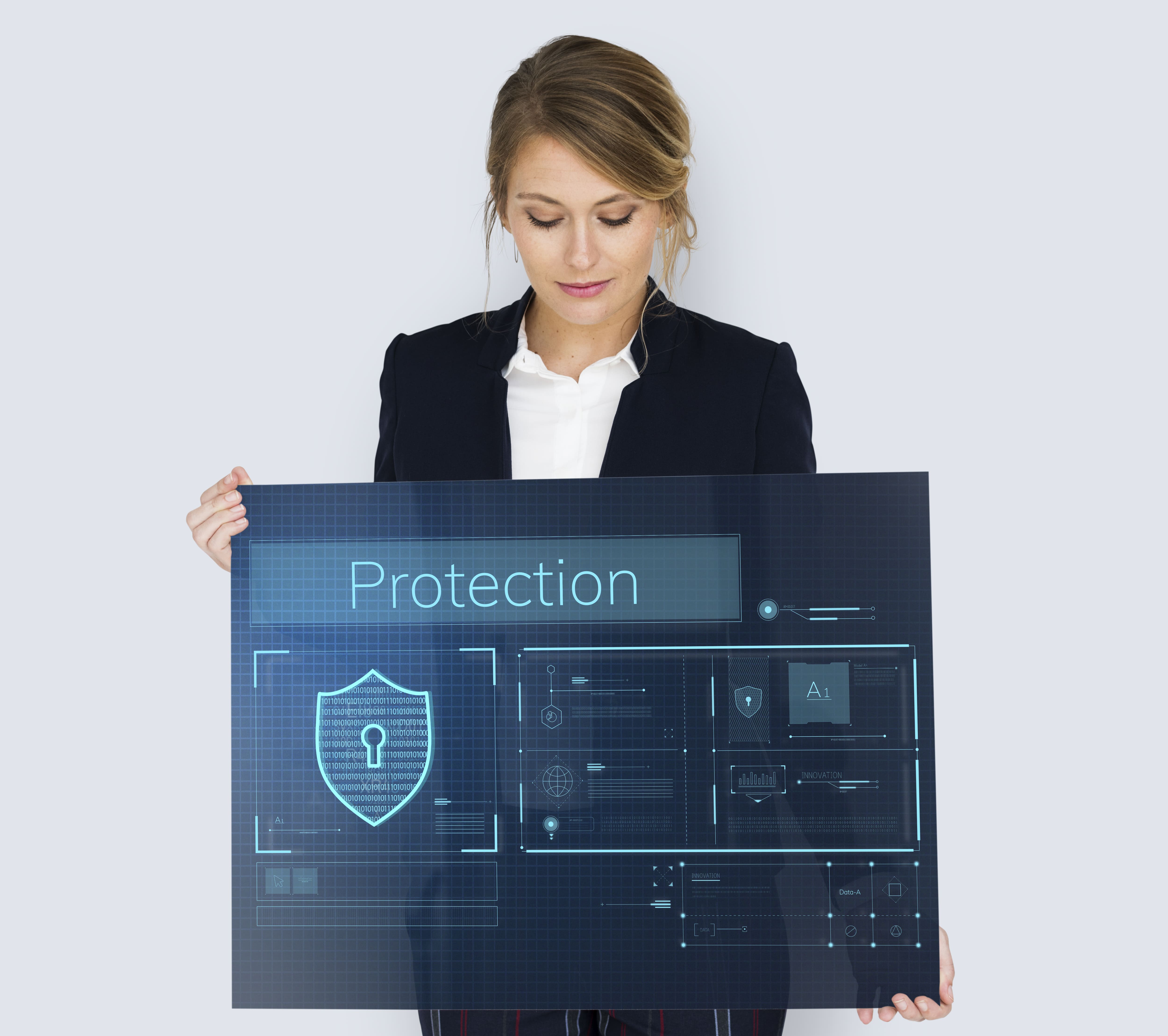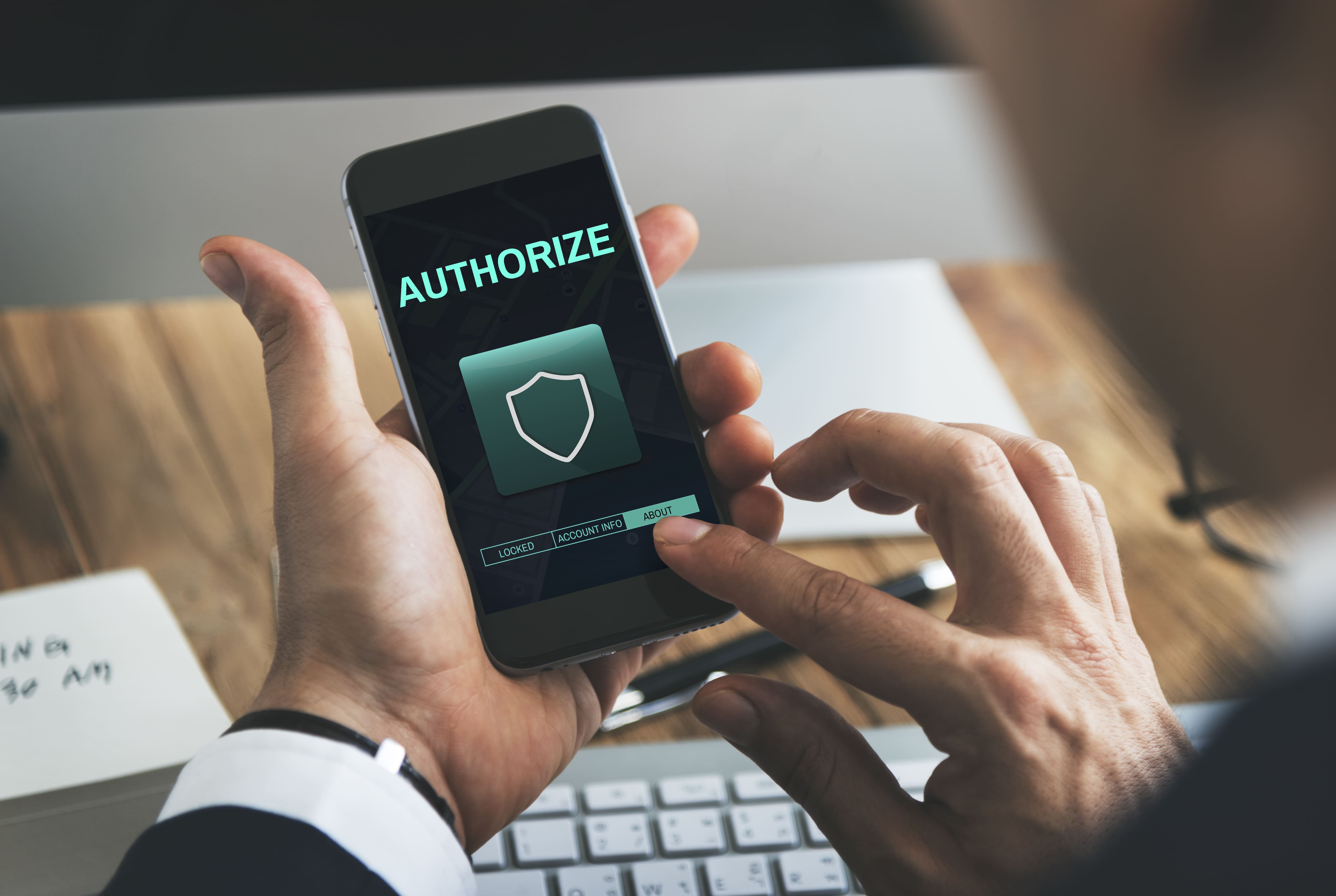
by Rebeca | Aug 16, 2023 | Cliente, cybersecurity, trends
In today’s digital world, maintaining the security of your system is crucial to safeguard your data and your customers’ trust. We understand your concerns and are here to assist you in preventing identity risks and ensuring regulatory compliance effectively.
Imagine being able to anticipate potential threats before they cause harm. With our Identity Risk and Legal Compliance (IRC) service, you can do just that. Our approach is simple yet powerful: safeguard your system and ensure you’re following the best security practices.
What exactly is IRC, and why is it important?
IRC is about identifying and addressing potential risks that could jeopardize the security of your system and sensitive information. Whether you’re handling customer personal data or confidential company information, these threats can be devastating if not addressed promptly.
Our service is based on a comprehensive analysis of your system to detect vulnerabilities. We identify potential weak points that cybercriminals could exploit. But we don’t stop there. We also help you establish robust security measures to mitigate these risks and protect your system.
In addition to security, we also understand the importance of regulatory compliance. Regulations can be complex and ever-changing, but with our service, you don’t have to worry. We ensure that your system complies with all relevant regulations, avoiding penalties and legal issues.
How do you benefit?
First and foremost, you gain peace of mind knowing that you’re one step ahead in protecting your data and customer privacy. You also save time and resources by entrusting us with risk identification and management. And, of course, you strengthen trust in your brand by demonstrating your commitment to security and compliance.
Shall we talk?
Image: rawpixel.com

by Rebeca | Aug 2, 2023 | News, soffid
Multifactor Authentication (MFA)
Safeguarding sensitive information has become a critical priority for individuals and organizations worldwide. With the continuous evolution of cyber threats, traditional username and password combinations are no longer sufficient to protect valuable data. As a result, businesses are adopting more robust security measures, and one popular solution is Multifactor Authentication (MFA).
The Need for Enhanced Security
Passwords alone are vulnerable to hacking attempts, phishing attacks, and data breaches in an interconnected digital world. Users often reuse passwords across multiple accounts, exposing themselves to significant risks. With the rise of remote work and cloud-based services, stronger security measures are imperative.
What is Multifactor Authentication (MFA)?
MFA requires users to provide multiple forms of identification before gaining access to a system or application. Unlike traditional single-factor authentication, MFA combines two or more authentication factors to enhance security.
The Three Authentication Factors: Something You Know, Have, and Are
Something you know: the traditional password or a Personal Identification Number (PIN). While vital, it is no longer the sole line of defense.
Something you have: possession of a physical item, such as a smartphone, a security token, or a smart card. It generates a unique code or prompts an approval notification for verification during login.
Something you are: unique biometric information, such as fingerprints, facial recognition, or voice recognition, adding an extra layer of security.
The Benefits of MFA
Enhanced security: by combining multiple authentication factors, MFA significantly reduces the risk of unauthorized access, acting as a potent deterrent against cyberattacks.
Protection against phishing: MFA’s reliance on physical possession or biometric data makes it challenging for cybercriminals to steal factors through phishing attempts.
Regulatory compliance: many industries and data protection regulations now require the use of MFA to safeguard sensitive information, ensuring compliance.
At Soffid, we recognize the importance of protecting sensitive information from evolving cyber threats. Our Multifactor Authentication solution offers flexible and robust options for businesses.
Shall we talk?
Picture: Imagen de rawpixel.com en Freepik

by Rebeca | Jul 26, 2023 | cybersecurity, News
Ensuring productivity and security in accessing digital resources has become a top priority for companies and institutions worldwide. In this era of instant information, Access Management (AM) plays a fundamental role in protecting sensitive data and enhancing operational efficiency for organizations.
AM is an essential solution to guarantee the integrity of digital experiences and minimize security risks. With a powerful, comprehensive, and user-friendly open-source identity governance platform, companies can confidently address the challenges of Identity and Access Management (IAM).
Centralized Access: Simplifying and Strengthening Security
One of the primary benefits of Access Management is its capability to centralize user and employee access to different applications and systems. By consolidating and simplifying the access granting process, organizations can save time and valuable resources. Moreover, having a unified view of granted permissions allows quick identification of any unauthorized access, thereby enhancing data security.
Role-Based Access Policies: Efficiency and Risk Reduction
Another prominent feature of Access Management is the implementation of role-based access policies. By granting users appropriate permissions based on their roles and responsibilities, the issue of unnecessary access is avoided, thus bolstering security. This strategy also contributes to greater efficiency as employees can quickly access the resources they need to perform their tasks without delays.
At Soffid, we offer tools to manage access, empowering every company and organization to effectively face any IAM challenge, ensuring a secure and productive digital experience for our clients.
Shall we talk?
Picture: Imagen de rawpixel.com en Freepik

by Rebeca | Jul 19, 2023 | cybersecurity, News, Resources
Staying ahead of cyber threats while meeting compliance requirements is an ongoing challenge. With the surge in digital services, the need for efficient and secure user access management has become paramount. This is where Identity Governance Administration (IGA) comes into play, offering a powerful solution that helps financial institutions strike a balance between enhancing customer experience and safeguarding their sensitive data.
IGA’s place in banking and financial services
In the financial services sector, where customer trust is of utmost importance, securing sensitive financial data is a top priority. IGA offers a comprehensive approach to identity and access management, streamlining the provisioning and deprovisioning of user access to critical systems, applications, and data repositories.
Seamless access provisioning required
With the ever-increasing demand for digital financial services, customers expect seamless access to their accounts and transactions across multiple devices. IGA facilitates rapid and secure user provisioning, ensuring that employees, partners, and customers are granted the right level of access based on their roles and responsibilities. This not only enhances user productivity but also reduces the risk of unauthorized access.
Mitigating fraud and cyber threats
The financial services sector is a prime target for cybercriminals aiming to exploit vulnerabilities in digital channels. IGA helps detect and prevent fraudulent activities by providing real-time visibility into user access and behavior. By promptly identifying suspicious access patterns, financial institutions can thwart potentially threats and safeguard their customers’ assets.
Ensuring regulatory compliance
As the financial industry faces increasingly stringent regulations, maintaining compliance has become a complex task. IGA offers a robust framework for managing user access in accordance with various regulatory requirements, such as GDPR, PCI DSS, and SOX. By automating access control and regularly auditing permissions, financial institutions can demonstrate compliance to auditors and regulatory bodies.
Enhancing operational efficiency
The financial sector strives to optimize back-office operations and embrace cloud-based services for agility. IGA aids in centralizing user access management across different systems and repositories, simplifying administrative tasks. This consolidation not only reduces operational costs but also improves overall efficiency.
Partnering with security experts
Navigating the ever-evolving landscape of cybersecurity requires the support of experienced partners. Implementing IGA is not just about deploying a technology solution; it’s about understanding the unique challenges faced by financial institutions and tailoring the IGA implementation accordingly. A trusted cybersecurity partner, like our company, brings valuable insights and best practices to ensure the maximum effectiveness of IGA in securing financial services.
If you need to protect your company to avoid future cyber attacks, Soffid has the solution. Shall we talk?
Image: freepik

by Rebeca | Jul 12, 2023 | cybersecurity, News, soffid, trends
In today’s digital landscape, biometrics has emerged as a game-changer in user authentication. This blog post explores the profound impact of biometric technologies, such as facial recognition and fingerprint scanning, on enhancing security and privacy in user authentication systems.
Understanding the Power of Biometrics: Discover how biometrics leverages unique physical or behavioral characteristics to verify user identities. From facial recognition to fingerprint scanning, these technologies offer unparalleled accuracy and reliability.
Fortifying Security with Biometrics: Explore how biometrics raises the bar for security in user authentication. Unlike easily compromised passwords, biometric traits are inherently personal and significantly more difficult to replicate or manipulate.
Streamlined User Experience: Unlock the benefits of seamless user experiences facilitated by biometric authentication. Users can bid farewell to complex passwords and enjoy hassle-free verification through simple scans or looks.
Balancing Security and Privacy: Delve into the critical aspect of privacy surrounding biometric data. Learn about the measures organizations must take to protect sensitive biometric information and address concerns related to data collection, retention, and sharing.
Encryption and Secure Storage of Biometric Data: Discover the importance of encryption during data transmission and robust storage practices for biometric data. These measures ensure that biometric information remains secure and inaccessible to unauthorized individuals.
Strengthening Defense with Multi-Factor Authentication: Uncover the power of combining biometrics with other authentication factors, such as passwords or one-time codes, to create a robust multi-factor authentication system. This approach further fortifies security and safeguards against unauthorized access.
Biometric authentication is a revolutionary leap in secure user authentication. It strengthens security and enhances user experience by leveraging technologies like facial recognition and fingerprint scanning. However, organizations must prioritize privacy by implementing strong data protection measures and complying with regulations.
At Soffid, we can help your organization unlock the potential of secure and convenient user authentication. Shall we talk?






